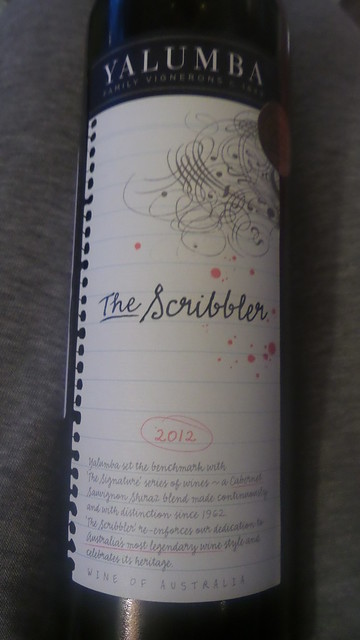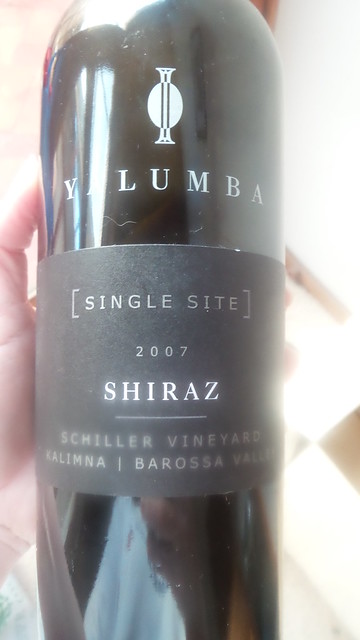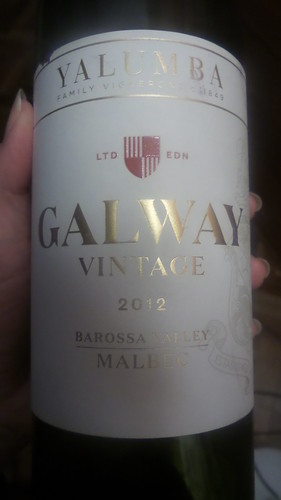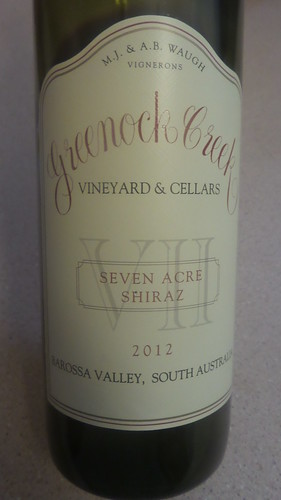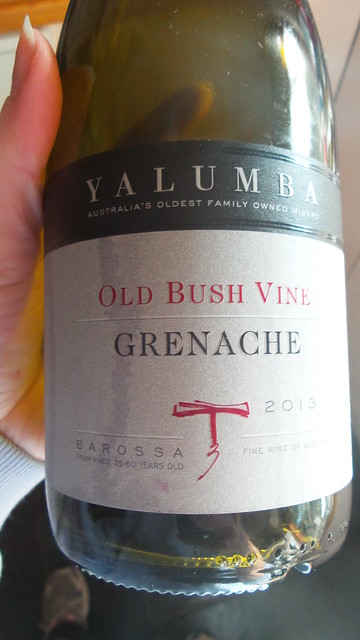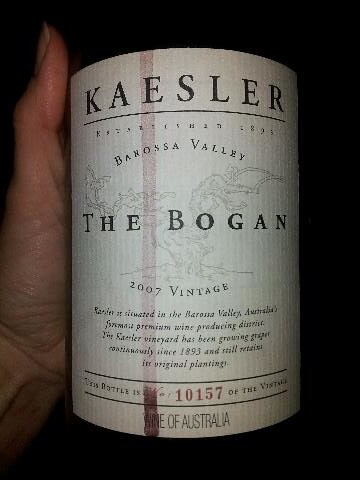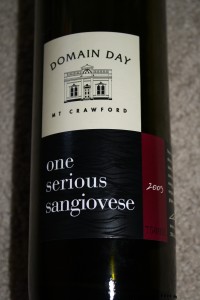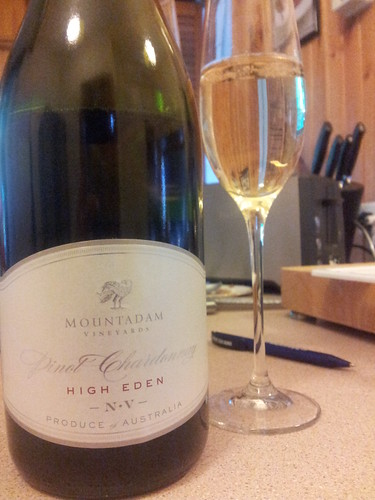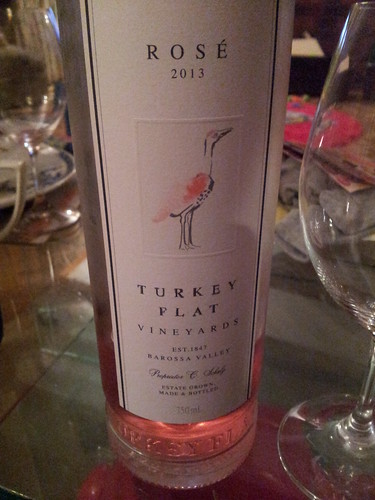
I was pretty pleased to spot a discussion about the return of Wine Blogging Wednesday on facebook. Wine Blogging Wednesday, after running for ages, has had something of a hiatus but in its earlier incarnation I was a reasonably regular participant and I often found it a good excuse to try something very left of field.
Of course, a bit more regular writing* and engaging with the wine blogging community is no bad thing – especially as I’ll be heading off to the Digital Wine Communications Conference in a couple of months.
I won’t lie – I was pretty disappointed that the theme for the return of WBW was dry rosé. Here in the southern hemisphere it’s the middle of winter and rosé is the last thing on my mind (especially this week – our twenty year old hot water service has just given up the ghost!).
But if nothing else I figured it would be good practice for summer. My initial thoughts had been to head out and find some new, quirky, different, small batch … and then I ran out of time to hit the shops where I’d be able to find such gems. I ended up with a bottle of 2013 Turkey Flat Rosé, from South Australia’s Barossa Valley.
Turkey Flat is a well known, established and well regarded winery with some seriously old vines. Last time I was up there (yes, I’m privileged enough to about an hour and a half’s drive away) we came away with a few reds so I was expecting good things.
Still, enough waffle – and on to the wine, a blend of Grenache, Shiraz, Cabernet Sauvignon and Dolcetto. Make of that what you will.
In the glass, the wine is a very pretty pale salmon pink.
The nose is pretty pronounced but I didn’t get a lot of fresh fruit. Think confected: pink lollies, sherbert and musk.
On the palate the wine is dry (residual sugar is actually 4.8g/L so some may detect the merest hint of sweetness) with good, refreshing acidity. Although the palate starts off reflecting the confected nose, there is some tannic structure and (hoorah!) some fresh strawberries and raspberries.
If you can’t tell, I was a bit disappointed in this wine. Not because it’s a bad wine but because it’s a style of wine that just doesn’t appeal to me. I know there are tons of people for whom this style works and they will love this wine but I look for something a bit more steely, serious and stern in a rosé.
If you’re looking for something fun, pink and relatively uncomplicated to drink this summer (wherever you are!) this could definitely be for you.
This wine was purchased from Dan Murphy’s for about $17.
Closure: screw cap.
Alcohol: 13% abv.
* If you’re worried about my blogging commitment, I do write a food blog, Eating Adelaide, and I know the DWCC organisers are keen to get more involvement from food bloggers … talk about hedging your bets!
